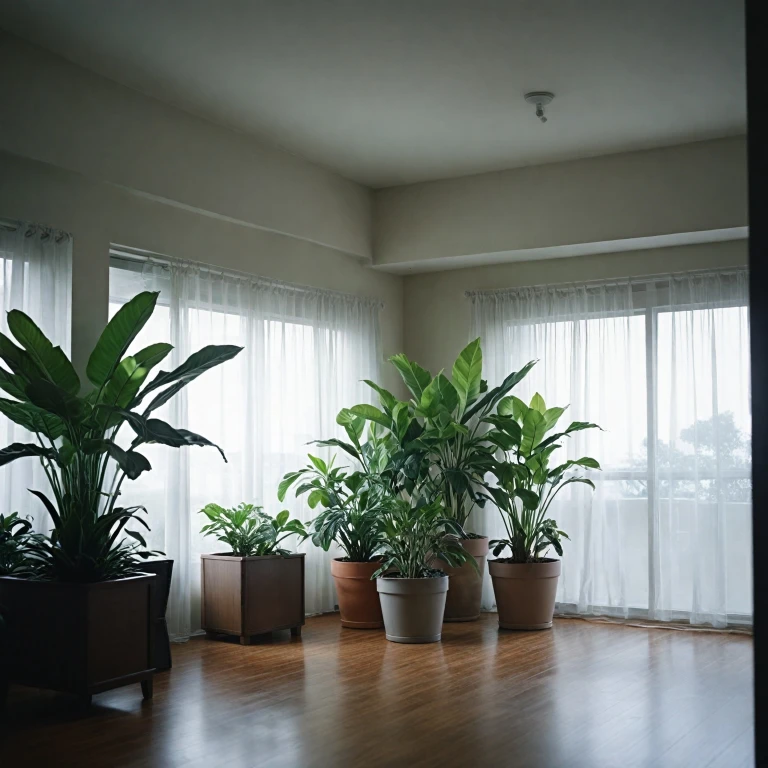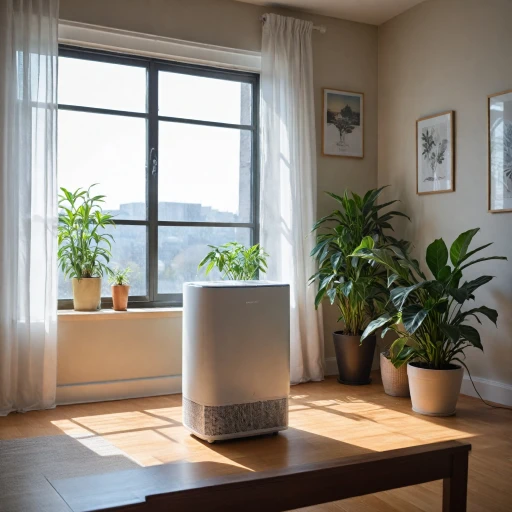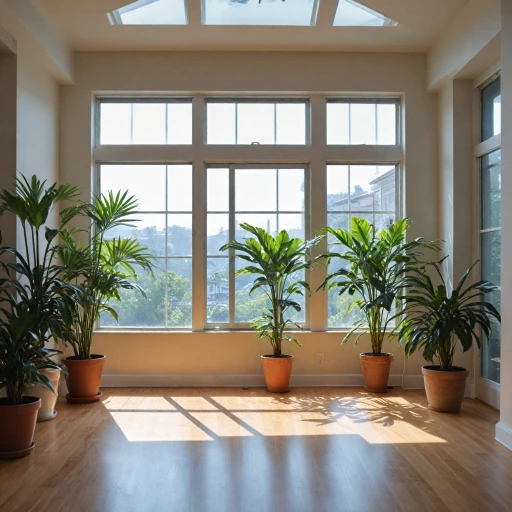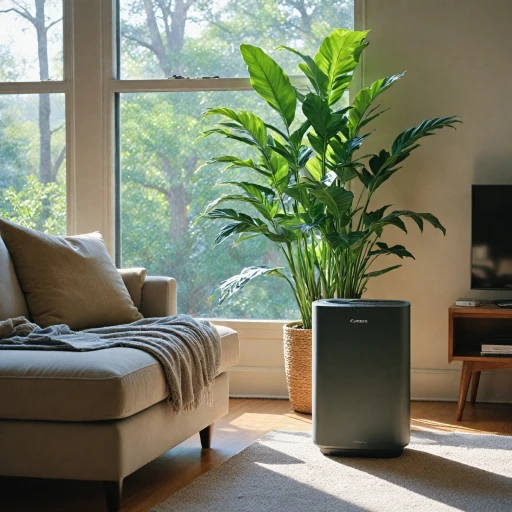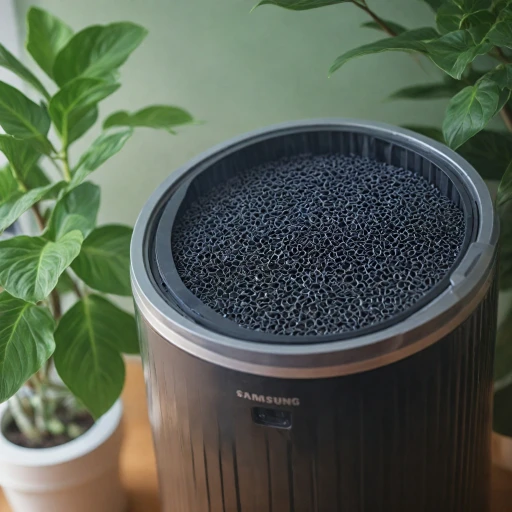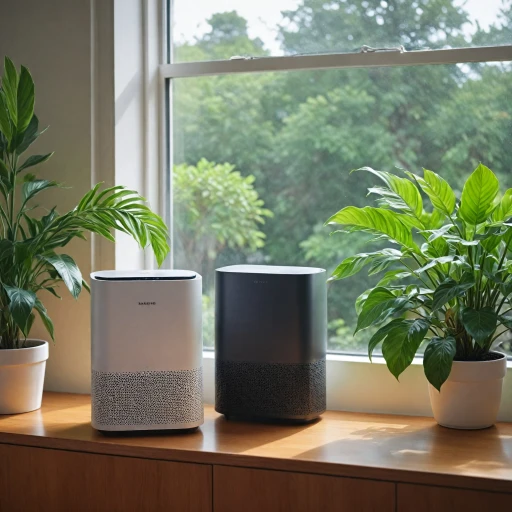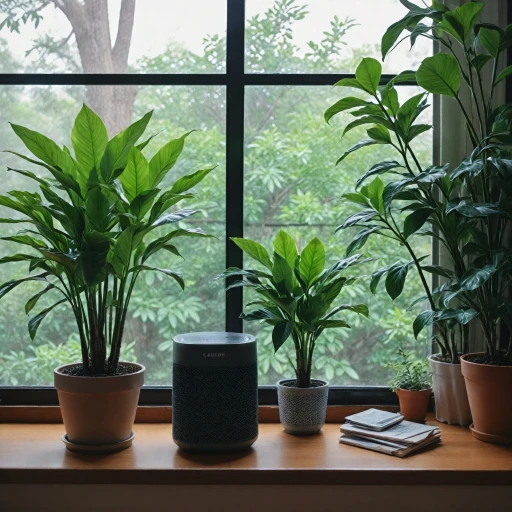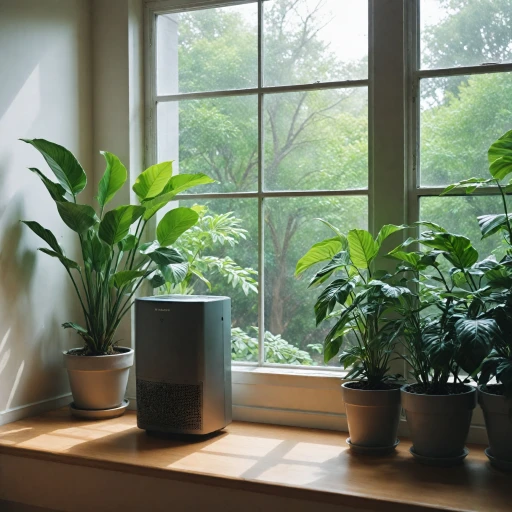How Carbon Filters Work in Air Purifiers
Delving Into the Mechanism of Carbon Filters
Air purifiers equipped with carbon filters are a popular choice for those aiming to improve indoor air quality. These filters work by utilizing activated carbon, a form of carbon that has been treated to increase its porous surface area significantly, which effectively traps airborne contaminants. Carbon filters primarily aim to remove volatile organic compounds (VOCs), smoke, and odors from the air. This makes them particularly beneficial in environments where chemical pollutants or unpleasant smells are prevalent. The mechanism behind this filtration process is adsorption, where pollutants adhere to the surface of the carbon. This characteristic makes carbon filters unique compared to other types like HEPA filters, which mechanically trap particles. In the arena of air filtration, the effectiveness of carbon filters is measured by the amount of carbon contained in the filter, typically quantified in pounds (lbs). More activated carbon usually means more surface area for trapping contaminants, which in turn translates to better odor control and removal of VOCs. However, it’s important to replace these filters periodically to ensure continued efficacy, as the carbon eventually becomes saturated and loses its effectiveness, signaling the need for a replacement filter. For those seeking an air purifier that excels in eliminating odors, understanding how carbon filters work is essential. To explore more on how air purifiers can effectively eliminate odors, you can visit this resource on eliminating odors. The link offers in-depth insights into how air purifiers address indoor pollution sources, making it invaluable for potential buyers. Pre-filters are often employed in conjunction with carbon filters to capture larger particles before they reach the activated carbon, thus extending the life of the carbon filter. This two-tier filtration approach is a hallmark of advanced air purifiers and can significantly elevate air quality within a home or office space. Understanding these facets of carbon filters helps in choosing the right product tailored to one's specific needs, considering factors like air quality demands, maintenance requirements, and potential shipping options for free filter replacements.Benefits of Using Carbon Filters
Advantages of Incorporating Carbon Filters
Carbon filters in air purifiers provide a range of benefits, particularly noted for their ability to enhance air quality by targeting specific pollutants. One of the most prominent advantages of activated carbon filters is their effectiveness in removing volatile organic compounds (VOCs) from the air, which are common in household environments and can pose health risks.- Odor Elimination: Carbon filters excel in reducing and neutralizing odors, making them ideal for homes with pets or strong cooking smells. Their porous structure absorbs airborne chemicals that are often the source of unpleasant odors.
- Smoking Residues Reduction: For spaces affected by cigarette or cigar smoke, carbon filters effectively capture smoke particles, reducing lingering odors and associated toxins.
- Chemical Filtration: Activated carbon has a unique capacity to trap chemicals found in cleaning agents and paints, enhancing the safety and comfort of indoor spaces.
- High Efficiency in Gas Absorption: Comparatively, carbon filters are unmatched in their ability to absorb gases, making them a perfect complement to HEPA filters, which are adept at capturing particulate matter. Combining carbon and HEPA filters in a single air purifier results in a comprehensive filtration system, effectively addressing both particulates and gases.
Comparing Carbon Filters to Other Filter Types
Exploring the Filtering Capabilities of Carbon Filters Versus Other Options
When selecting air purifiers, understanding the differences between carbon filters and other filter types can greatly impact your decision. Carbon filters, specifically activated carbon variants, stand out due to their unique ability to capture gases and odors, including volatile organic compounds (VOCs) and smoke. Here's how they compare to other popular filter types:- HEPA Filters: Widely recognized for capturing particles as small as 0.3 microns, HEPA filters excel in capturing dust, pollen, and allergens. However, they do not effectively remove gases or odors. Combining a HEPA filter with a carbon filter in an air purifier can offer comprehensive air filtration, targeting both particles and VOCs.
- Pre-Filters: These filters are primarily used to capture larger particles such as pet hair and dust, extending the life of more expensive filters like HEPA and carbon. They do not capture VOCs or odors.
- Photocatalytic Oxidation (PCO) Filters: Unlike carbon filters, PCO filters utilize light to break down pollutants. While effective against bacteria and viruses, they may not be as efficient in removing odors compared to activated carbon.
- UV Filters: Although effective at neutralizing bacteria and viruses with ultraviolet light, UV filters are less adept at odor removal.
Choosing the Right Carbon Filter for Your Needs
Choosing the Best Carbon Filter for Your Air Purifier Needs
When selecting the ideal carbon filter for your air purifier, it is essential to consider various factors that align with your specific needs and environment. Carbon filters come in numerous types and capacities, which can affect their efficiency in removing odors, smoke, and volatile organic compounds (VOCs).
Here are some key aspects to consider:
- CFM Rating: The cubic feet per minute (CFM) rating of a filter indicates its airflow capacity. Higher CFM values are ideal for larger spaces or if you need rapid air filtration. Ensure the carbon filter matches your room size and air purifiers' specifications.
- Lbs of Carbon: The amount of activated carbon in the filter, often measured in pounds, significantly influences its effectiveness. More lbs of carbon can lead to better absorption of pollutants, especially for persisting odors and VOCs.
- Filter Compatibility: Confirm that your air purifier model is compatible with the carbon filter you're considering. Some air purifiers, especially medical-grade or series filter models, have specific requirements for replacement filters.
- Pre-Filter Requirements: Some carbon filters work best with a combination of pre-filters and HEPA filters. Pre-filters capture large particles, allowing the carbon filter to focus on chemical pollutants and odors.
Choosing the right carbon filter can improve your air purifier's efficiency and extend the time between replacement filters. By considering these elements, you can ensure that your carbon air purifier provides optimal air quality, leaving you with a fresh and clean environment.
Maintenance Tips for Carbon Filters
Essential Care for Prolonged Filter Efficiency
Maintaining your carbon air filter is crucial for ensuring optimal air quality and prolonging the lifespan of your air purifiers. Here are key maintenance tips to keep your filters, including activated carbon and series filters, in peak condition:- Regular Inspection: Routinely check your carbon filter for any signs of wear and tear. A timely examination helps you determine whether it’s time for a replacement filter. Examine pre filters as well, since they can capture large particles that impact the efficiency of your activated carbon filter.
- Replacement Schedule Compliance: Follow the manufacturer’s recommended schedule for replacing the carbon filter. This schedule is typically based on air purifier usage and air quality. Replacement intervals may vary, so it’s important to abide by the specific product guidelines to maintain air filtration efficacy.
- Clean Pre Filters: If your air purifier includes a pre filter, clean and maintain it regularly. This ensures that fewer particles reach the carbon filter, enabling it to focus on odors and VOCs filtration. A clean pre filter can enhance the overall efficiency of your purifier.
- Adjust for Usage Conditions: Understand that factors like high levels of smoke, strong odors, or substantial VOCs concentrations in the air can impact your filter’s effectiveness and lifespan. In such cases, more frequent replacement might be necessary.
- Proper Handling During Replacement: When replacing the carbon filters, handle them carefully to avoid damaging the filter media. Activated carbon filters can be delicate and require cautious handling during installation or removal to preserve their filtering abilities.
